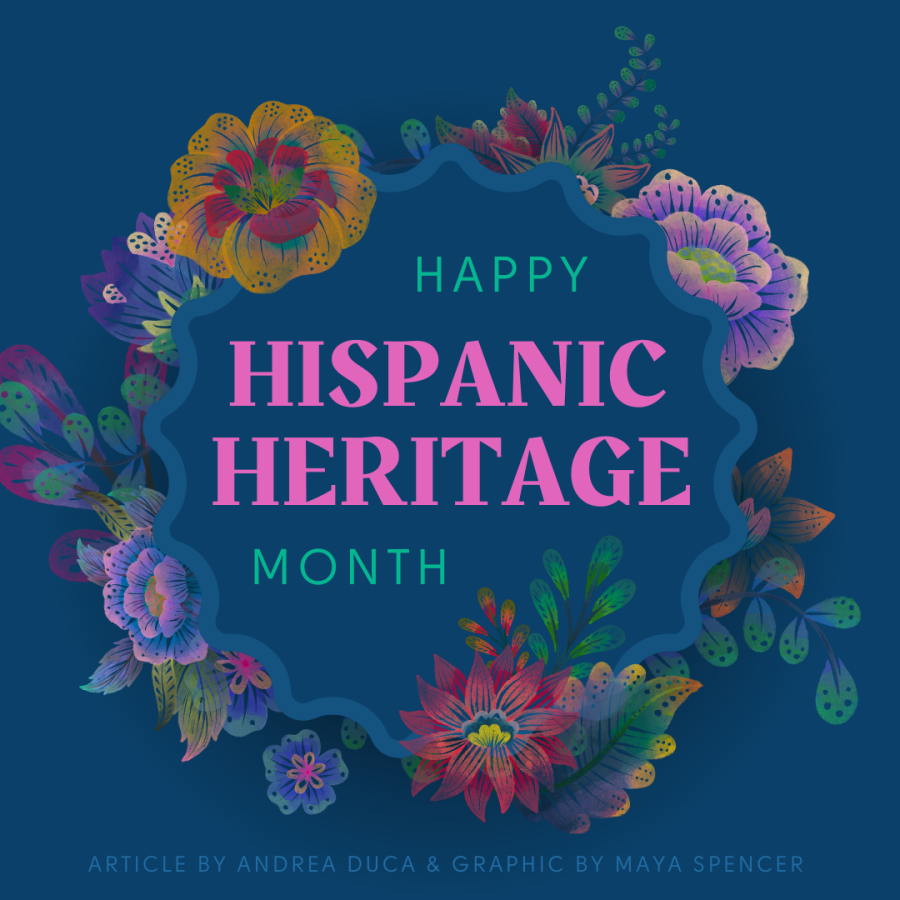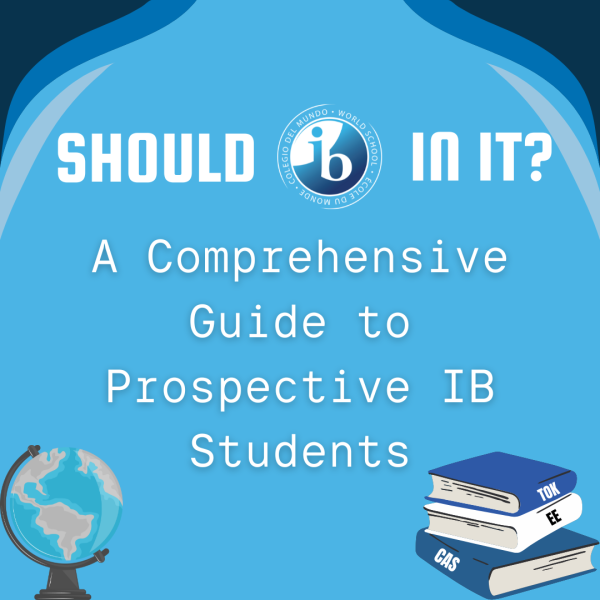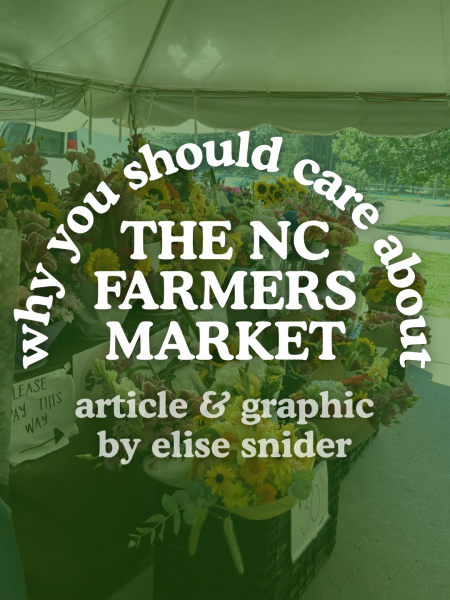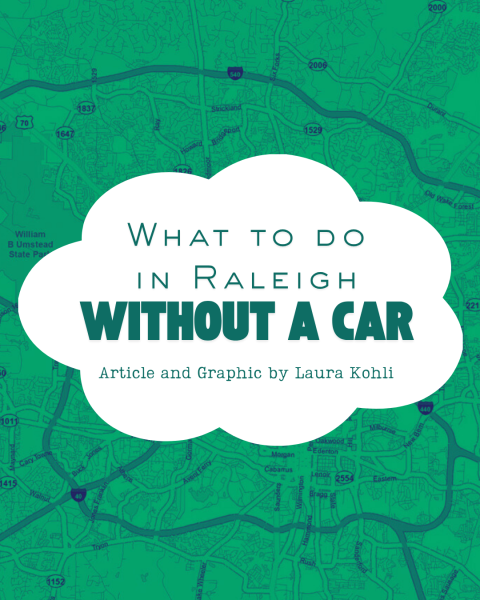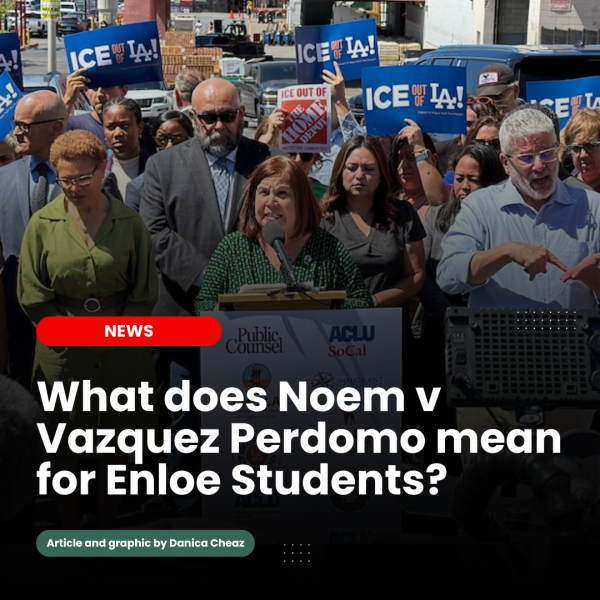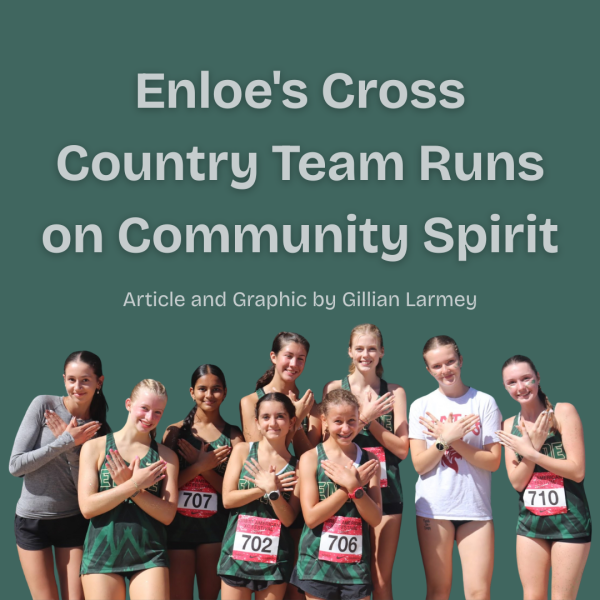¡Feliz Mes de la Herencia Hispana! Happy Hispanic Heritage Month!
Deeply rooted in Latin America and steeped in the lower continent’s traditions, over 60 million Hispanic people live in the United States. This part of the population, which amounts to around 18%, holds immense diversity within itself as well. As the largest Hispanic nationality, 37.2 million people in this country are of Mexican origin, followed by the Puerto Ricans. Cubans, Salvadorans, Dominicans, Guatemalans, Columbians, and Hondurans, who add at least a million people each. Even though the Hispanic people have existed long before the United States was a nation and continue to drive progress here, Hispanic contributions are frequently forgotten or even unknown by the general public; most people remain unaware of the remarkable role Hispanics have played in culture, business, science, economy and arts. Students that are part of the Hispanic community here at Enloe shape the fabric and culture of our school too in more ways than one.
What is it?
An annual celebration, Hispanic Heritage Month aims to recognize the achievements, history, and culture of Latinx and Hispanic communities in the United States. Spanning thirty-one days (September 15 to October 15), the event acknowledges and appreciates how these communities and groups have influenced and contributed to American society at large.
This year’s theme is “Unidos: Inclusivity for a Stronger Nation.”
Why September 15th?
Curiously, Hispanic Heritage Month begins mid-September instead of the start of the month. The specific date of September 15th was chosen in order to coincide with the Independence Day celebrations of multiple nations in Latin America. The rough date marks the anniversary of the Cry of Dolores (early morning of September 16, 1810), when Catholic priest Miguel Hidalgo y Costilla rang his church bell and gave the call to arms that triggered the Mexican War of Independence. It directly resulted in the 1821 independence for the New Spain Colony, present-day Mexico, Guatemala, El Salvador, Costa Rica, Honduras, and Nicaragua, countries that today commemorate this victory on September 15.
When did it begin in the United States?
The observation originally started as a week when it was first introduced in California by Congressman George E. Brown in 1968. Brown represented East Los Angeles and large fractions of the San Gabriel Valley, areas heavily populated by members of the Hispanic and Latinx communities. He wanted to recognize the role played by these groups throughout American history; the push also came at a time when recognition of the Latinx community had been growing in momentum during the 1960s. The civil rights movement was at its peak and an awareness for the United States’ multicultural identities was growing. Later that year, President Lyndon B. Johnson issued the first annual Hispanic Heritage Week and President Ronald Reagan expanded the observation to encompass a 30-day period in 1988.
From Enloe: An Interview with Nashbi Cruz-Martinez
AD: Can you explain your relationship to the Hispanic community?
My name is Nashbi Cruz-Martinez. I’m Mexican-American; my parents are from Mexico. They come from a region called Oaxaca*.
AD: What are your thoughts surrounding Hispanic Heritage Month or how it is approached?
As a Hispanic, I’m very proud of who I am and Hispanic heritage as a whole. I’m proud of the fact that the Hispanic community is able to portray their culture during this month. Also, Hispnaic Heritage Month isn’t just about Mexico; it’s South America, Central America, it’s the islands. And there’s so much more to HHM than just the food or the arts. At times, I do feel almost sad that not a lot of Hispanic-Americans celebrate it. Then when it comes to non-Hispanics, it tends to be more about the food.
AD: As in performativity?
Yes. Performative action as in posting about Hispanic Heritage Month on Instagram and then forgetting about it.
AD: So would you say the gap lies in the education or awareness aspect?
Definitely, mostly in the way Hispanic Heritage Month is approached.
AD: Do you think there should be more done at Enloe for HHM or general to support minorities in the community here? Do you feel that Enloe or its culture is in need of some self-awareness?
This isn’t to bash Enloe in any way, but more should be done for the Hispanic community considering a good handful of the population here are Hispanic students — for both the students and their families.
Right now, TalkingPoints is how parents can communicate with teachers but even then, Enloe is disconnected in a lot of ways. Wake County public school system as well is disconnected from the fact that many Hispanic families don’t have office or stay-at-home jobs and both parents tend to work, meaning they can’t be as involved in their child’s life as they’d like to be — unlike their white counterparts. Even understanding the fact that English is not the primary language in many homes and communication with teachers isn’t always simple.
AD: Or the expectation or rather, assumption from schools that everyone is in the same situation.
Right, and it’s a bit frustrating on the students themselves and the parents too. I think Enloe needs a bit more awareness about what they can do for the Hispanic community because currently, not a lot is being given.
AD: What has your personal experience or observations been like at Enloe, specifically?
There’s no club for Hispanic heritage and I wanted to get one, but my other problem is the way Enloe does not pay much attention to the Hispanic students. You see a lot of Hispanic students skipping, not attending classes, and not being actively encouraged to take higher-rigor classes such as APs. So many times I notice, ‘why am I the only Hispanic kid here in my AP class?’
AD: Do you have any advice for people who want to learn more and get involved as someone outside the community?
There’s so many great programs and organizations out there, such as Mi Jente and El Pueblo, who are trying to help Hispanic people, especially with their political problems and everything happening in the country right now. If you want to make a change, reaching out and finding them on social media is a good way to start.
AD: Do you have any final message for other Hispanic-American students?
If you’re Hispanic-American and you think you don’t belong in either part of your identity, you’re just as Hispanic as you are American. It’s important to connect with your roots and find out who you are. Not long ago, I was confused about who I was because I was too American to be Mexican and too Mexican to be American. It’s worth it to embrace both and take the journey of celebrating your unique identity.
*Note: Oaxaca is pronounced “Waa-haa-kuh”.
Celebrating Hispanic Heritage Month
Some ways to celebrate National Hispanic Heritage Month include appreciating Hispanic food and clothing and enjoying the celebrations put on by the community, but especially making a concerted effort to empathize with the struggles of immigrants in the United States. This month is also the best time to seek out local, Hispanic-owned businesses and show support on a grassroots level.
Hispanic-Owned Raleigh Businesses to Support During Hispanic Heritage Month – The Triangle Trend
5 Hispanic-owned businesses to support around the Triangle
Below is also a resource to check out celebrations in the Triangle:
7 ways to celebrate Hispanic Heritage Month in the Triangle
Why is it important to be aware of it?
The Hispanic population in the United States is one that has been consistently present since our country’s birth and has not always received the deserved credit considering how much these communities have impacted every facet of American culture. Not only acknowledging, but furthermore celebrating the Latin American heritage of Hispanic people is how we can bring more appreciation towards marginalized groups and discard a past of forcing assimilation upon immigrants. Integrating awareness about Hispanic people, from their origins to their realities in the United States today, could mean beginning change in the future for more equity in the workplace, in schools, in churches, and other places of community. Educating ourselves and being open minded towards students and faculty of different backgrounds is how we can begin pushing that progress at Enloe. Raising a common Hispanic consciousness, one that goes beyond the word ‘Latino’ or a box on the U.S. census forms, would reflect a uniquely American culture.
Your donation will support the student journalists of Enloe Magnet High School, allowing us to cover our annual website costs. We are extremely grateful for any contribution, big or small!
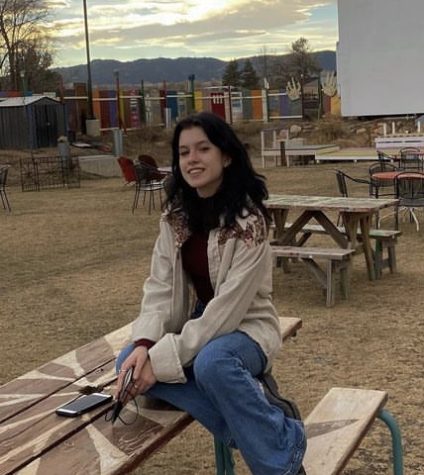
(She/her)
Andrea Duca is a senior excited to return for her third year at the Eagle's Eye as editor-in-chief! She plans to pursue economics in college...


